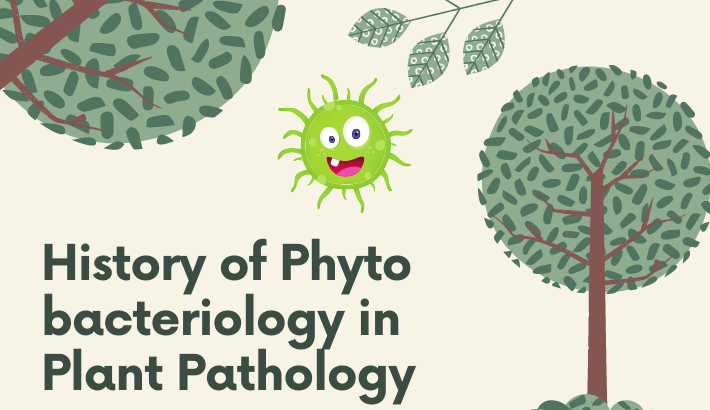Major Advances in Fungal Systematics:
Major advances in fungal systematics during last few years are:
1) Recognition of five kingdom system instead of three kingdom system.
2) Data analysis techniques of phylogenetic systematics.
3) Additional discoveries of new taxa including fossils.
Kingdoms:
Previously, there were three kingdoms i.e. Prokaryotes (Monera), Animals and Plants (in plants fungi were also studied). Now, new classification has recognized new two kingdoms, and now five kingdoms are being used, these include:
1) Prokaryotes (Monera)
2) Animalia
3) Plante
4) Fungi
5) Protista
Terminologies:
To further understand the taxonomy following terminologies must be kept in mind.
Monophyletic Group:
Groups that contain an ancestor and all its descendants is called a Monophyletic group.
Phylogenetic Relationship:
A classification having evolutionary relationship is called Phylogenetic Relationship.
Taxa (sing. Taxon):
The names of groups of organisms all correspond to monophyletic lineages.
Phylogeny:
Phylogeny is hypothesis of genealogy of a group of organisms and their hypothetical ancestors. The relationship is represented diagrammatically, by Phylogenetic tree.
Sister Group:
Relationships for closely related lineages that share a more recent common ancestor with each other than they do with other lineages. For example, animals and plants have close lineage with fungi, so they are sister group.
Polyphyletic Group:
Paraphyly:
A group that has common relatives of an ancestor.
Ghayoor
Characters:
Mycologists use many types of characters to contribute to their evolutionary studies. These include:
1) Morphological characters.
2) Anatomical characters.
3) Ultrastructural Characters.
4) Biochemistry characters.
5) Nuclei Acid characters.
Characters are the basis of building a tree. All the characters mentioned above should be considered to Phylogenetic analysis for classification studies. Morphological Studies:
In morphological studies, we study basic shape of the thallus, and form, color, and size of sporeproducing structures.
Anatomical Studies:
In anatomical studies, hyphal tissues, the arrangement of Asci or Basidia and sterile structures within spore producing structures, and hyphal structures are studied.
Ultrastructural Studies:
Now, with the availability of Electron Microscopy, deep studies of Morphological and Anatomical characters are possible. For example, Nuclear division studies, internal structures of cell organelles, and ascus wall structure can easily be studied.
Biochemistry Studies:
For biochemical characters, different techniques are available, that include; Chromatography, Protein electrophoresis and further other techniques are available for bio-chemical characters.
also see: WILD LIFE DEFINITION AND VALUES In Forestry
Studying Genetical Characters:
New molecular techniques, for example Polymerase Chain Reaction (PCR), and other latest techniques are being used for studying genetical characters.
Constructing and Evaluating Tree:
Characters are building blocks of Phylogenetic tree. There are many methods by which phylogenetic tree may be built and evaluated.
These include namely:
1) Maximum Parsimony.
2) Maximum likelihood.
3) Distant Methods.
Many versions of these methods are available in computer software (packages) through which these phylogenetic trees can be constructed and evaluated. Maximum It is a method, in which those characters are taken to construct a tree which cannot be shared with other organisms or having less character state changes. In maximum parsimony, monophyletic groups are defined by characters not by shared ancestors. Drawback: Maximum parsimony has one drawback, sometimes it gives misleading information in classifying organisms when characters are markedly different.
Maximum Likelihood:
Maximum likelihood is another method to construct and evaluate a tree. The maximum likelihood method takes all those characters having maximum likelihood. This method takes all those characters having maximum same nucleotide sequence. Hence, this method is based on genotypic, not phenotypic. Drawback:
This method has a drawback, that it demands an explicit model to compare the nucleotide or amino acid sequence characters.
Ghayoor
Now, new methods have come known as Robust Methods. These are the methods, which can use any type of data to construct and evaluate the phylogenetic tree. Robust methods have also the ability to recover the tree by using data of new character.
Distance and Phenetic Method:
Distance method is based on overall similarity of the characters being compared between the taxa. However, this method causes problems, where conflicting occurs between the characters. Yet, discrete characters can be analyzed to build a tree.
Specie Concept:
This method is being used to define different species or name different species.
Three methods are being used to define species:
1) A Morphological species concept.
2) A Biological species concept.
3) A Phylogenetic species concept.
Morphological Species Concept:
A morphologic species concept is based on Morphological characters alone.
Biological Species Concept:
A biological species concept is based on natural population or populations of individual that are actually or potentially interbreeding and isolated reproductively from each other.
Biological Species Concept:
Phylogenetic Species Concept:
A phylogenetic species concept is based upon genealogical relationships. This method is most common in mycology systematics.
Evaluation Within the Fungal groups:
Presently, to evaluate fungal groups, the method being mostly used, and most reliable is use of DNA sequence analysis and Ultrastructural features. On the basis of these two tools, most of the groups previously were being considered in Kingdom Fungi, are now been placed in separate groups i.e. Protists. So, the only way for the evaluation of fungal groups is use of Biotechnology and Molecular biology, and Electron Microscopy.
for more information: click here



